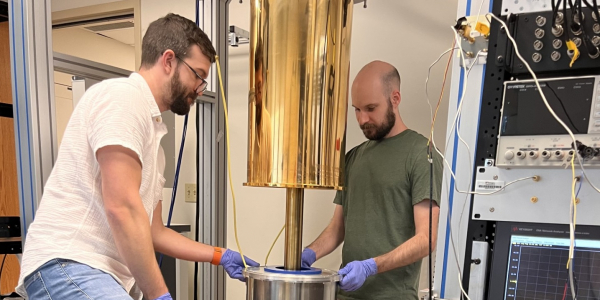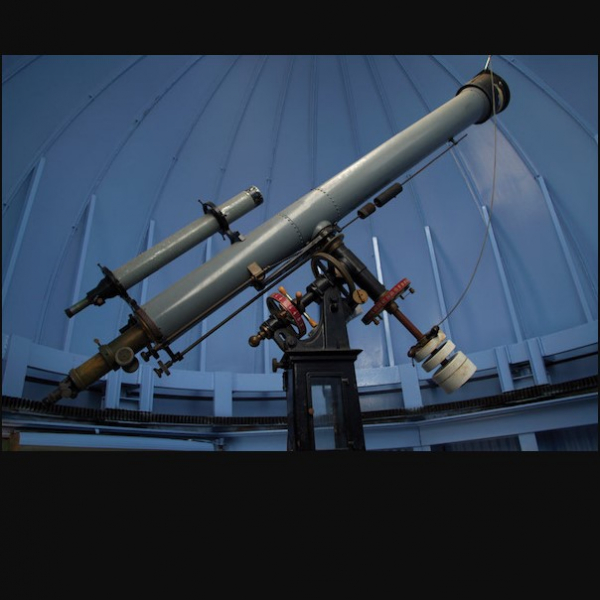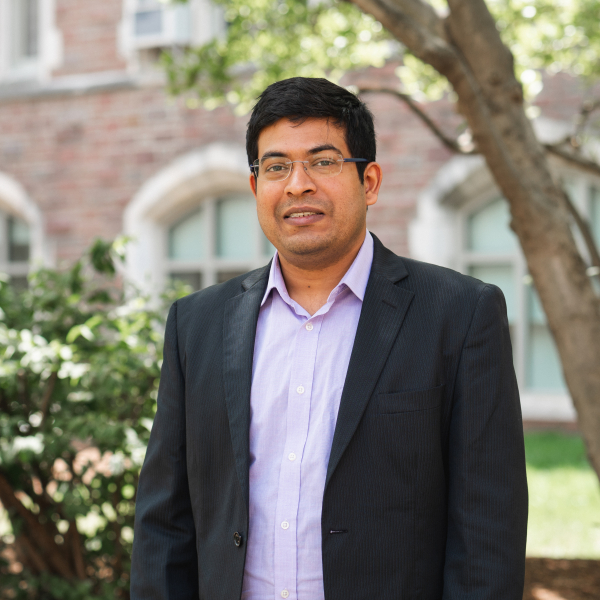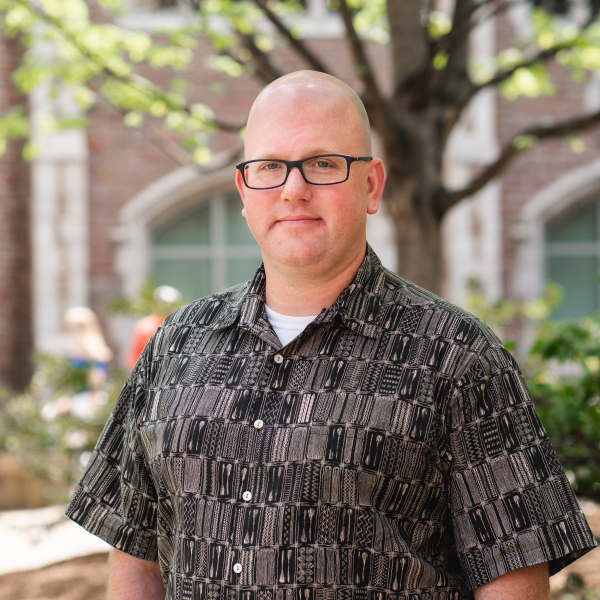Dark matter makes up about 80-85% of all the matter in the entire universe, but we still don't know much about it. We've never been able to directly detect dark matter in any form, but we know it exists through its effects on the universe.
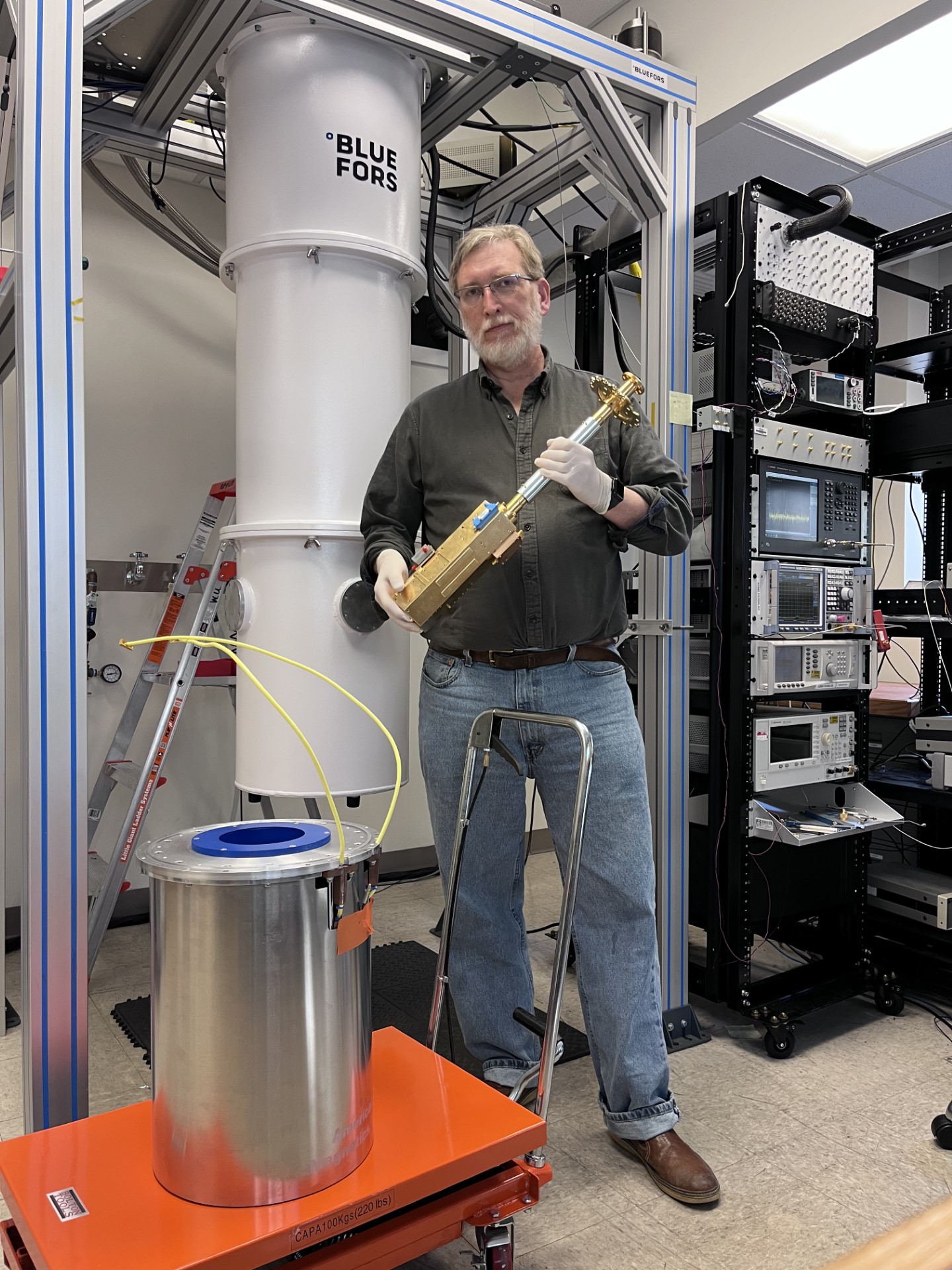
James Buckley, professor of physics at Washington University in St. Louis and fellow of the McDonnell Center for the Space Sciences, is involved in two projects in the search for dark matter, ADAPT (the Antarctic Demonstrator for the Advanced Particle-astrophysics Telescope) and ADMX (the Axion Dark Matter eXperiment).
The APT mission concept is designed to search for gamma-rays from annihilating dark matter in the center of our galaxy, and nearby dwarf satellite galaxies either detecting WIMP (weakly interacting massive particle) dark matter, or ruling out most of the natural parameter space. The very large effective area and almost all-sky instantaneous field of view would make APT a key experiment for multimessenger studies of gamma-ray bursts, neutron star mergers and gravitational wave sources, a priority listed in the latest decadal survey for astrophysics. ADAPT is a balloon-born demonstrator for APT that is scheduled for a NASA suborbital mission with a high-altitude balloon launch planned from Antarctica in 2025. It is designed to demonstrate the usefulness of the APT device for the detection of gamma rays and cosmic rays. The ADAPT instrument will demonstrate the major detector components for the larger space-based APT mission and will provide sensitivity to gamma-ray transients and a sky map in the MeV-GeV range during the approximately 30 day flight. ADAPT will also make cosmic-ray measurements during its flight, demonstrating the potential for a longer duration space experiment (APT) to measure the elemental abundance of rare ultra-heavy cosmic-rays.
ADMX is an axion haloscope that uses a strong magnetic field to convert dark matter axions to detectable microwave photons. A haloscope is a resonant microwave cavity within a large, superconducting magnet operating at extremely low temperature. The ADMX experiment is one of the Department of Energy's flagship dark matter searches, and the only one looking for axions. The experiment consists of a large magnet, a microwave cavity, and ultra-sensitive, low-noise quantum electronics.
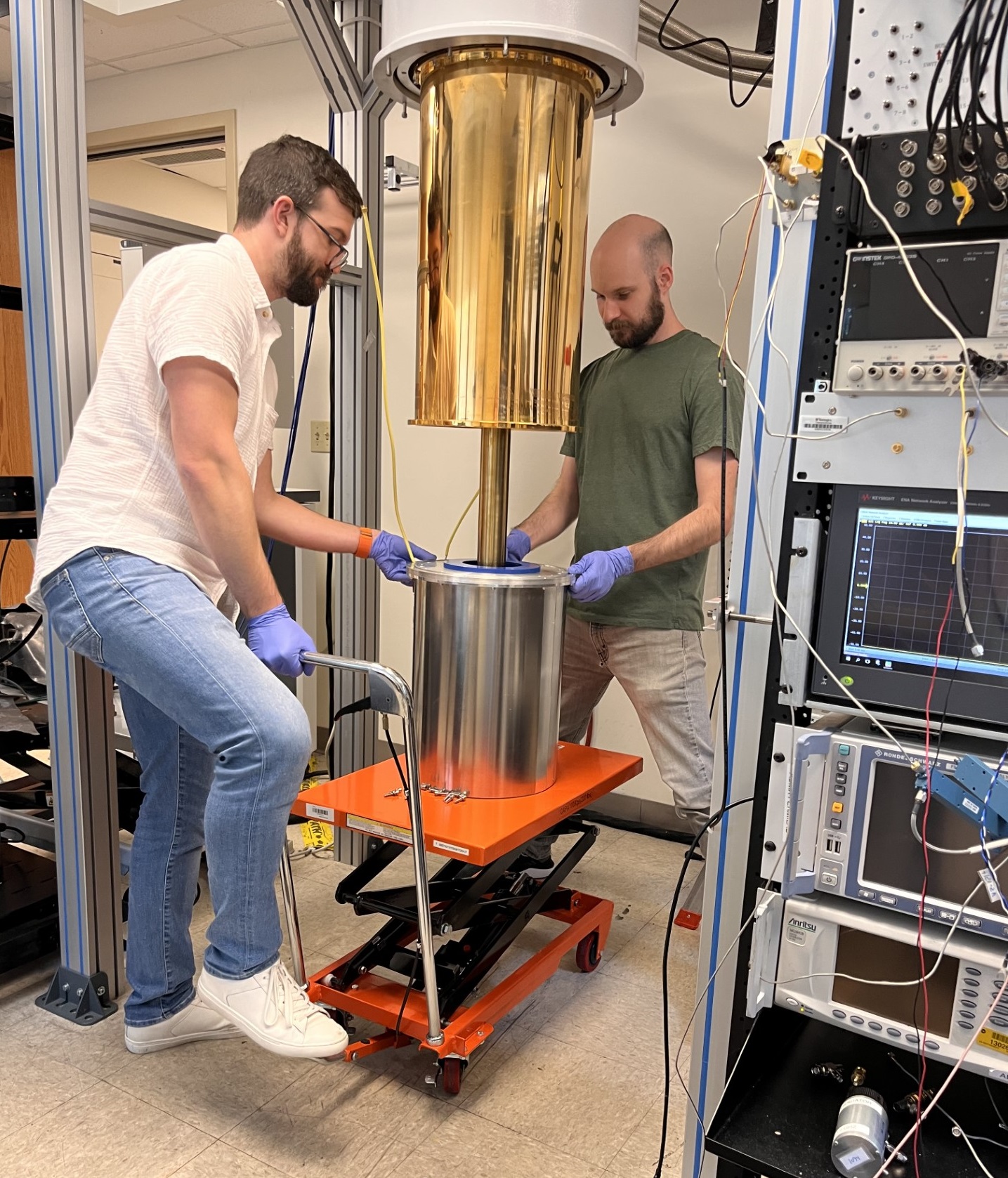
The rack to the right is the ADMX RF equipment ramp.
Buckley and Henric Krawczynski, also a professor of physics and fellow of the McDonnell Center for the Space Sciences, have been sharing lab space in order to utilize a dilution refrigerator. This specialized fridge uses a mixture of 3He and 4He gas to achieve a temperature only 10 millionths of a degree from absolute zero and is used for conducting extremely precise quantum experiments. Coordinating the usage of this equipment has been a challenge for both professors.
Recently, Buckley has begun setting up a new lab for his dark matter research. Generous funding from the McDonnell Center for the Space Sciences, Fermilab, and the Department of Energy (DOE) has allowed for the acquisition of new equipment, including an additional dilution refrigerator and a 14 Tesla magnet, which will eventually be installed in the new fridge. The magnet is already performing exceptionally well, enabling Buckley and his colleagues to achieve 14T and 9mK and they were able to make some high quality measurements with it. The new dilution fridge is expected to arrive in the spring of 2024. This new lab will be utilized for both the ADAPT and ADMX projects.

The Washington University group leads the development of cryogenic, quantum electronics for the present ADMX experiment as well as a future ADMX-EFR experiment to be hosted by Fermilab. Buckley, working closely with professor of physics Kater Murch and graduate students in his group, has developed new superconducting electronics.
Chandrashekhar Gaikwad, a graduate student in the Department of Physics, is working with Buckley on the design of Josephson Parametric Amplifiers ( (or JPAs). These devices have been fabricated at the Washington University Institute of Materials Science and Engineering (IMSE) by a recent physics graduate student, Daria Kowsari (PhD 2023), and physics postdoctoral research associate Jordan Russell, then integrated and characterized by physics graduate student Jonah Hoffman.
Josephson Parametric Amplifiers, when operated at < 100mk, are only limited by quantum mechanical fluctuations of the vacuum. The devices can go beyond the "naive" quantum limit using a process known as vacuum squeezing whereby one effectively compresses fluctuations in the quantum vacuum that occur in phase with the amplified signal.

